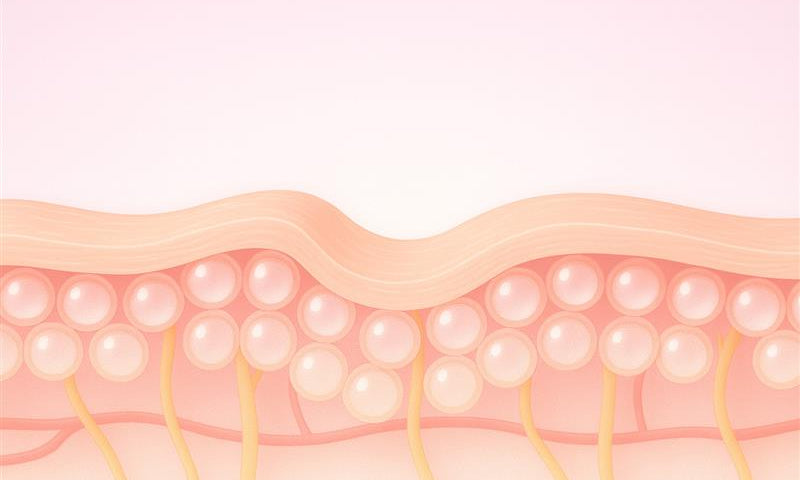When Sveda founder Shannon Shiell discovered the average woman applies 168 chemicals to her body daily by using common personal care products, it changed everything. She embarked on a journey to find alternatives, not just for herself, but for her family and you.
In today’s world, with so many skincare products available and extensive marketing to accompany them, it can be challenging to identify natural ingredients and clean skincare brands.
But that’s precisely what we’re going to cover in this article:
- Hidden ingredients in skincare
- Natural vs. synthetic ingredients
- The dirty dozen ingredients to avoid
- Clean skincare options, including beef tallow for skin from Sveda Skincare
The Hidden Ingredients: What’s Really in Your Bathroom Cabinet
It’s easy to think that if skincare ingredients are on the shelf, they are safe. It would make sense for the system to work like that, but it doesn’t.
Regulation of personal care products falls under the Food, Drug, and Cosmetic (FD&C) Act, but it does not require any government regulation of products before they reach the market. Consumer safety is left entirely in the hands of the manufacturer. The government only steps in when an ingredient causes harm after it’s already entered the marketplace.
Due to limited regulation and oversight, there is little transparency regarding skin product ingredients. It’s difficult for consumers to know or trust what’s on the shelves, and it’s up to them to understand the ingredients in their skincare routine and whether clean skincare is truly clean.
Not All Chemicals Are Created Equal: Natural Vs. Synthetic Compounds
Natural chemicals come from nature. A great example is tallow.
What is tallow? Beef tallow is the rendered fat from beef. It naturally contains fatty acids (including essential ones) and fat-soluble vitamins. Tallow for skin is biocompatible, offering numerous skin health benefits. It’s an excellent moisturizer for dry skin.
Synthetic compounds are made in a laboratory. They can be body-identical (or bioidentical) to something in nature. For example, vitamin C can be made in a lab and added to food and supplements. It’s exactly the same chemical composition as what’s found in food and throughout nature.
Often, however, when we’re talking about synthetic compounds, we’re talking about chemicals that don’t exist in nature and are entirely new to the environment. These chemicals may be toxic, disrupt hormonal balance, and have unintended consequences for human health and the environment.
The Dirty Dozen: Ingredients to Skip and Why
Let’s look at some of the top ingredients to avoid from the Environmental Working Group:
- Formaldehyde – a carcinogen and common allergen. It’s found in hair straighteners and nail products.
- Formaldehyde releasers – these ingredients release formaldehyde over time. They are used as preservatives in makeup, sunscreen, and other personal care products. Look for DMDM hydantoin, imidazolidinyl urea, and others on labels.
- Phthalates – are endocrine and developmental disruptors and possible carcinogens. Look for dibutyl phthalate and diethylhexyl phthalate. Anything with “fragrance” on the label may contain phthalates as well.
- Mercury – is a heavy metal that is absorbed through the skin and can damage the kidneys and nervous system. You may find this in skin-lightening products.
- Parabens – are another class of endocrine-disrupting chemicals. These tend to mimic the effects of estrogen in the body. Look for isobutylparaben, isopropylparaben, butylparaben, and propylparaben on labels.
- Toluene – is a brain and nervous system toxin used in nail polish and hair dyes.
- Triclosan – is an endocrine-disruptor affecting thyroid and reproductive hormonal balance. It’s found in anti-microbial products.
- Carbon black – is a possible carcinogen used as a black pigment in mascara and other makeup.
- Per- and polyfluoroalkyl substances (PFAS) – are endocrine-disrupting chemicals found in water-resistant products like makeup and sunscreen.
- Asbestos – is a carcinogen and should not be inhaled. It may contaminate powder products (including talc).
- Lead – is a heavy metal that can affect brain health and development, especially in children. It may contaminate makeup, powders, shampoos, and other products.
Reading Labels Like a Pro: Your Guide to Truly Clean Formulations
Carefully reading labels is your best defense against untested and harmful ingredients. If you see an ingredient you don’t recognize, look it up. You can also access EWG’s Skin Deep Database to learn about the products you already use.
In addition to avoiding chemical ingredients, look for natural and healthy ingredients to create a clean skincare routine. You can trust Sveda to deliver skincare using natural ingredients in simple formulations that are safe for even the most sensitive skin.
Sveda Whipped Tallow Balm contains grass-fed tallow, jojoba oil, beeswax, elderberry fruit extract, vitamin E, and essential oils. It’s easy to recognize and understand each ingredient in every formula.
When it comes to clean ingredients skincare look for transparency and read labels to discover truly safe, effective, natural, and affordable options.
References
- https://www.theguardian.com/lifeandstyle/2015/apr/30/fda-cosmetics-health-nih-epa-environmental-working-group
- Lam C, Patel P. Food, Drug, and Cosmetic Act. [Updated 2023 Jul 31]. In: StatPearls [Internet]. Treasure Island (FL): StatPearls Publishing; 2025 Jan-. Available from: https://www.ncbi.nlm.nih.gov/books/NBK585046/
- https://www.ewg.org/the-toxic-twelve-chemicals-and-contaminants-in-cosmetics
- https://www.ewg.org/sites/default/files/u352/Toxic%2020%20List.pdf


